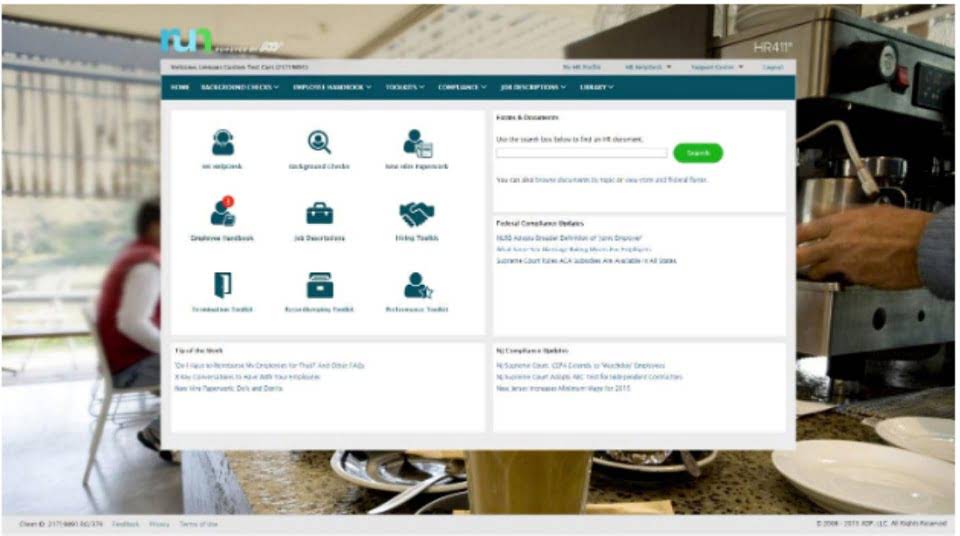Aucun produit dans le chariot.
LegalRoids
8 Steps in the Decision-Making Process

These may be appropriate for the decision-maker to ‘take’ to achieve those benefits. Those impacted by the decision will, à son tour, make further decisions based on this information. They then have the same obligation to communicate that intent of the decision up and down the chain. In this way, all parties are informed of the intent of all decisions and are aligned around the agreed-to purpose behind these decisions. As Figure 4 illustrates, a critically important aspect of decentralized decision-making is the communication of intent. Tout simplement, the decision maker must be clear to those impacted by the decision about the ‘what’ and the ‘why’ behind it.

Steps to Effective Decision-Making in Organizations
We know that being chronically absent has large individual costs in terms of income, santé, and social outcomes. The poor outcomes of young adults who were chronically absent from school also pose a sizeable cost to the Government. At age 23, young adults who were chronically absent cost $4,000 plus que Accounting Periods and Methods other young people. They are particularly costly in corrections, hospital admissions, and receiving benefits. As theory becomes practice, the true value of comprehensive decision frameworks is realized.

Summary of how effectively schools are supporting chronically absent students
It may be useful to think about monitoring attendance by categorising patterns https://www.bookstime.com/ of chronic absence as students who a) cannot attend, b) will not attend, or c) do not attend school. They work with schools and communities to address moderate and irregular absence patterns for students in Years 1 à 12. Choosing the right decision making model based on the specific situation helps stakeholders to be clear, objective, and aligned with organizational goals. Continuously evaluating and adapting these models enables individuals and teams to improve their decision-making skills over time, leading to better outcomes and sustainable success. Using a variety of decision-making models empowers leaders to navigate complexities, seize opportunities, and effectively manage risks in today’s dynamic environments.
What we did to understand the outcomes of absent students

AI algorithms can sift through massive datasets at incredible speeds, identifying patterns and trends that may not be immediately apparent to human decision-makers. Machine learning models can continuously learn and improve from new data, enhancing the accuracy and efficiency of decision-making processes over time. By leveraging AI and ML technologies, organizations can gain a competitive decision making framework edge by making faster, more precise decisions based on complex data analysis. By incorporating these decision making frameworks into your decision-making process, you can increase your chances of making decisions that drive results.
How effective are Attendance Services?
- While some Attendance Services collaborate regularly with schools and share information about the students they are working with, others do not.
- In those cases, you need a decision-making framework that is more collaborative than some of the other ones we’ve covered.
- Seven in 10 Attendance Service staff (68 pour cent) report schools never, or only sometimes, refer students at the right time.
- Schools have planned responses for different levels of non-attendance, with guidance provided by the Ministry of Education on what is effective for returning students to regular attendance.
- Too much escalation however, signals a weak decision-making process and a lack of delegated authority.
It looks at how well the education system identifies the students who are chronically absent or not enrolled, and how well it works with them and their parents and whānau to get them attending school regularly. The system that is set up to get these students back to school is not effective. It needs substantial reform, and it will take parents and whānau, schools, and Government agencies all working together to fix it and get chronically absent students back to school. As you move forward, we encourage you to actively apply these decision frameworks and tools in your daily leadership roles. Begin by evaluating your current decision-making processes, identify areas for improvement, and integrate the models and tools discussed in this guide.
- Almost half of Attendance Services (52 pour cent) report information is only sometimes, or never shared, across agencies, schools, and Attendance Services.
- When multiple stakeholders are involved in the decision-making process, managing group dynamics can become challenging.
- You can even create template issues for announcements to make it easier each time.
- In the next chapter, we examine the extent of the chronic absence problem in Aotearoa New Zealand, and how effective our system is for getting children back to school.
- Over half of schools (59 pour cent) and Attendance Services (58 pour cent) report there are not opportunities for young people to learn in other settings.
- In this guide, we’ll cover some of the best models that business leaders can use to improve their planning processes.

The outcome of a lost education on students who have been chronically absent is clear. Students who were chronically absent have lower rates of educational attainment. Cycles of offending are not broken, and access to affordable housing is limited to what the state provides.
